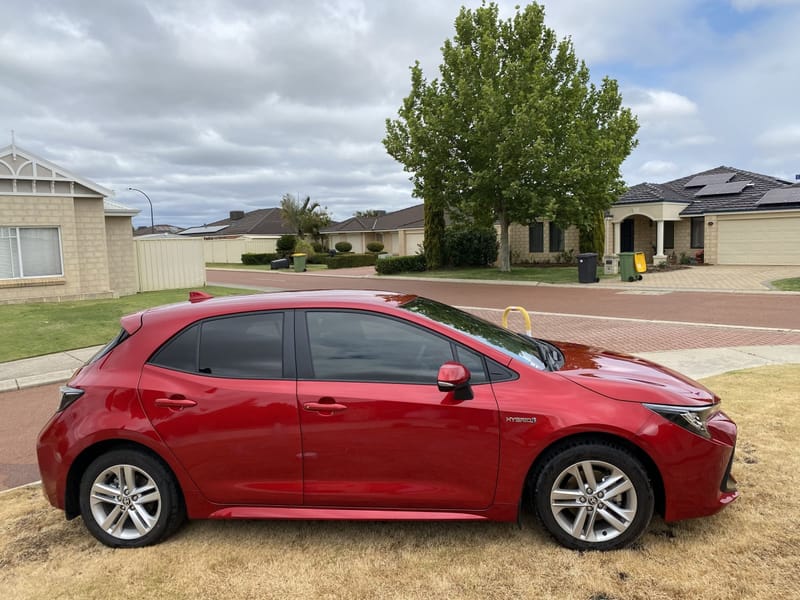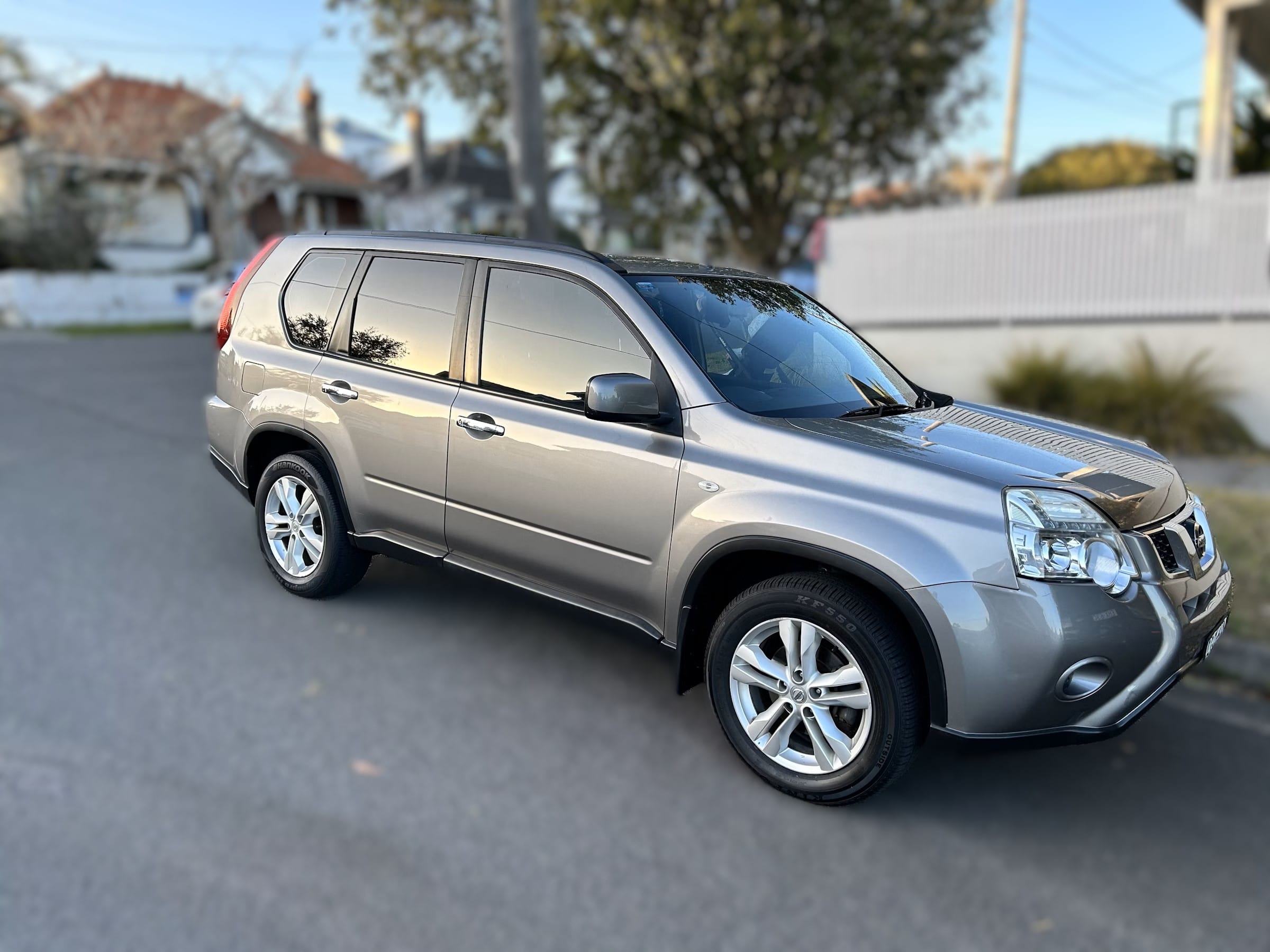Driving in a storm can be a daunting experience, especially for new drivers or those unfamiliar with severe weather conditions. Australia's diverse climate means you could encounter anything from sudden thunderstorms to heavy downpours, and knowing how to handle these situations is crucial for your safety on the road. In this blog post by Drive mate, we’ll explore the best practices to stay safe while driving in a storm, ensuring you’re well-prepared and confident behind the wheel.

Understanding the Risks
Before diving into best practices, it’s essential to understand the risks associated with driving in a storm. Heavy rain, strong winds, and reduced visibility can significantly increase the likelihood of accidents. Hydroplaning, fallen trees, and debris on the road are just a few of the hazards you might face. By being aware of these risks, you can take proactive steps to mitigate them and stay safe.
Preparing for the Journey
1. Check Weather Conditions:
Before setting out, always check the weather forecast. If a severe storm is predicted, consider postponing your trip if possible. Modern weather apps provide real-time updates, helping you plan your journey more effectively.
2. Ensure Your Vehicle is Road-Ready:
Make sure your car is in optimal condition. Check your tires for adequate tread and pressure, ensure your windshield wipers are functioning correctly, and verify that all lights (headlights, taillights, and indicators) are working. If you don't have a suitable vehicle for stormy conditions, consider renting a car from Drive mate. Our cars are well-maintained and equipped to handle various weather conditions.
3. Pack an Emergency Kit:
Having an emergency kit in your car is always a good idea. Include items such as a first-aid kit, flashlight, extra batteries, blankets, water, non-perishable snacks, and a mobile phone charger. In case you get stranded, these supplies can be lifesavers.

Best Practices While Driving in a Storm
1. Slow Down:
One of the most critical adjustments to make when driving in a storm is reducing your speed. Wet roads can be slippery, and it takes longer to stop. Driving slower gives you more control and reduces the risk of hydroplaning.
2. Increase Following Distance:
Maintain a greater distance between your car and the vehicle in front of you. This increased following distance allows more time to react to sudden stops or changes in traffic flow.
3. Use Headlights:
Turn on your headlights to improve visibility for yourself and other drivers. Avoid using high beams, as they can reflect off rain and impair visibility further.
4. Avoid Sudden Movements:
Be gentle with your steering, acceleration, and braking. Sudden movements can cause your car to lose traction. Smooth and gradual inputs help maintain control.
5. Stay in the Middle Lane:
If you're on a multi-lane road, the middle lane is often the safest choice. Water tends to pool in the outer lanes, increasing the risk of hydroplaning.
6. Avoid Cruise Control:
Using cruise control in wet conditions can be dangerous. It can prevent you from reducing speed quickly and maintaining control. Always control your speed manually in adverse weather.
7. Stay Alert:
Pay extra attention to the road and surrounding conditions. Watch for large puddles, debris, and fallen branches. Keep an eye out for other drivers who may be struggling with the conditions.

What to Do in an Emergency
1. Pull Over Safely:
If conditions become too dangerous, find a safe place to pull over. Avoid stopping on the shoulder of the road unless absolutely necessary. Instead, look for a rest area, parking lot, or side street.
2. Use Hazard Lights:
If you need to stop on the side of the road, turn on your hazard lights to alert other drivers. This is especially important in low-visibility conditions.
3. Stay in the Car:
If you pull over, stay inside your vehicle with your seatbelt fastened. Your car offers more protection than standing outside, where you could be exposed to flying debris or other hazards.
4. Wait It Out:
Sometimes, the best course of action is to wait for the storm to pass. Listen to weather updates on the radio or your mobile device, and resume driving once conditions improve.
Renting a Car for Stormy Conditions
If you need a reliable vehicle for driving in various weather conditions, consider renting a car through Drive mate. We offer a wide selection of cars, from comfortable sedans to rugged 4WDs, perfect for any journey. Our rental process is straightforward, and our vehicles are well-maintained, ensuring you have a smooth and safe trip.

Car sharing with Drive mate
For car owners, Drive mate provides an excellent opportunity to earn extra money by car sharing without worries. Our platform connects you with responsible renters, and we handle all the logistics, including insurance and customer support. It's a hassle-free way to make the most of your vehicle when you're not using it.
Conclusion
Driving in a storm can be challenging, but with the right preparation and knowledge, you can stay safe on the road. Always check weather conditions before setting out, ensure your vehicle is road-ready, and follow best practices while driving. If conditions become too dangerous, don't hesitate to pull over and wait it out. Remember, whether you're renting a car or sharing your car, Drive mate is here to make your driving experience seamless and enjoyable. Our well-maintained vehicles and user-friendly mobile app ensures you have the best possible experience, no matter the weather. Stay safe, drive smart, and enjoy the journey.
Also read:
Car Sharing 101: How to share your car on Drive mate
Sydney's Best Winter Spots: Your Ultimate Exploration Guide
Unforgettable Melbourne: Top 8 Experiences for Solo Travelers


